#26. The Sound Of Music
The Sound of Music is the movie adaptation of the 1959 Broadway musical of the same name. Its screenplay was written by Ernest Lehman, who in turn adapted the story from Howard Lindsay and Russel Crouse's book, The Story of the Trapp Family Singers.
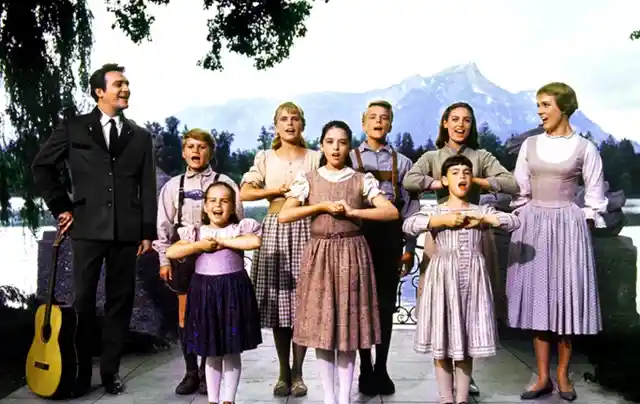
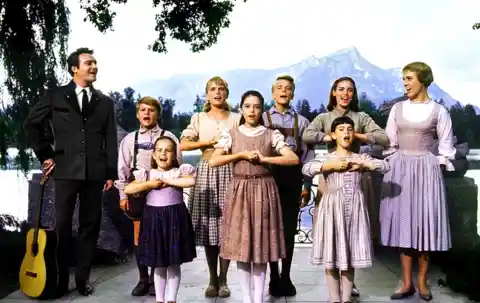
Both the book, the play, and the movie are based on the memoirs of Maria von Trapp, a young nun who abandoned her convent and become a governess for a rich Austrian family - the von Trapp family - on the brink of World War II.
#25. A Great Success
The movie was a major success, being the highest-grossing release of 1965. But not only this: the following year, it also became the highest-grossing film of all time, dethroning Gone With the Windwhich had held that title for five years in a row.
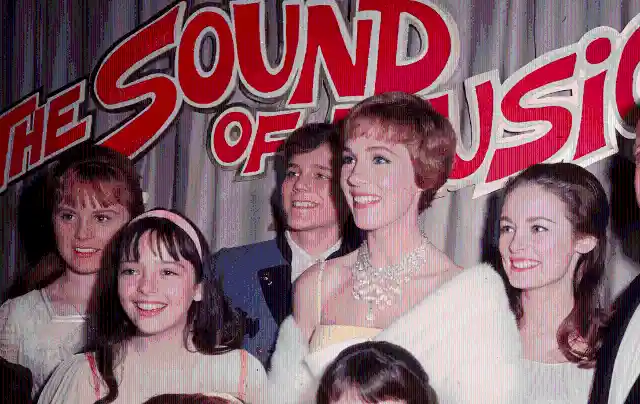
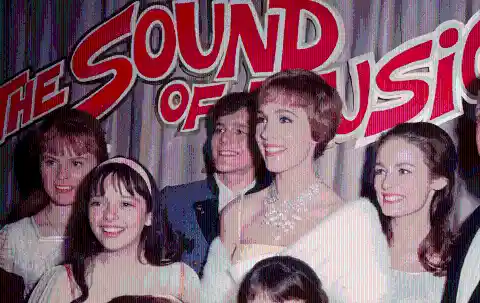
The movie was so popular that its release lasted for four and a half years, and it later had two re-releases, making it a worldwide hit. The film's numbers are truly striking: it sold 283 million tickets around the world, and its box office reached an amount of $286 million.
#24. Critical Acclaim
But not only was the movie a success financially but it was also well-received by the critics. As a matter of fact, at the 38th Academy Awards in 1966, the film was the most nominated of all, together with Doctor Zhivago: each of them received a total of ten nominations. However, The Sound of Musicwas the one that received the greatest amount of awards.
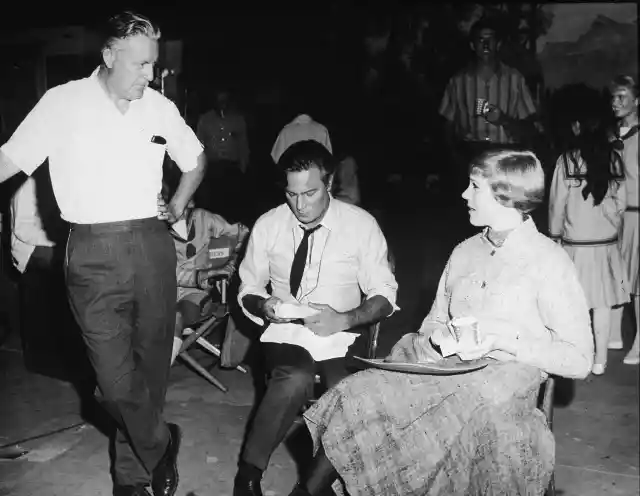
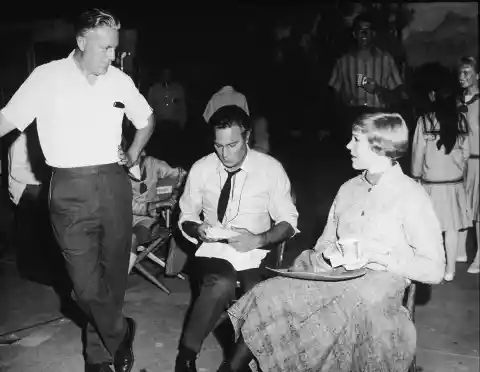
In fact, the film received a total of five Academy Awards, for Best Picture, Best Director, Best Film Editing, Best Sound and Best Scoring Music. It's also worth mentioning that it became one of the first musicals to ever win the Academy Award for Best Picture.
#23. Multiple Awards
But those were not the only awards that the movie received. Apart from the Oscars, The Sound of Music also won two Golden Globes, as well as a Writers Guild of America Award. Moreover, as the years passed, the film kept on winning multiple accolades.
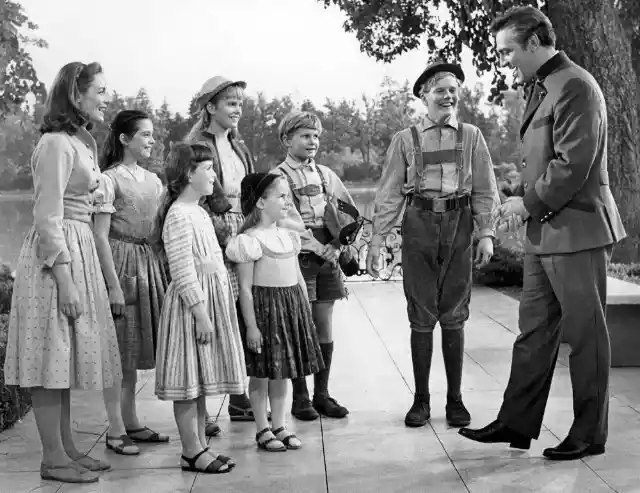
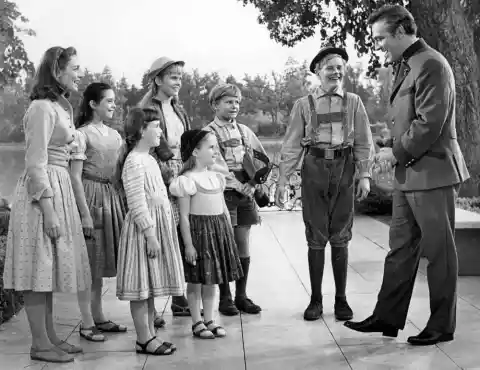
For instance, in 1988, the American Film Institute named the film the 55th greatest movie ever and the fourth best musical ever. Finally, in 2001, the United States Library of Congress selected the movie for preservation in the National Film Registry, as a recognition of its historical and cultural value.
#22. The Reasons Behind Its Popularity
But what's so special about this movie? Why did it become one of the most popular movies in history? One of the reasons is the film's great soundtrack. In fact, even those who haven't seen the movie have heard the song Do-Re-Miand are thus familiarized with its catchy melody.
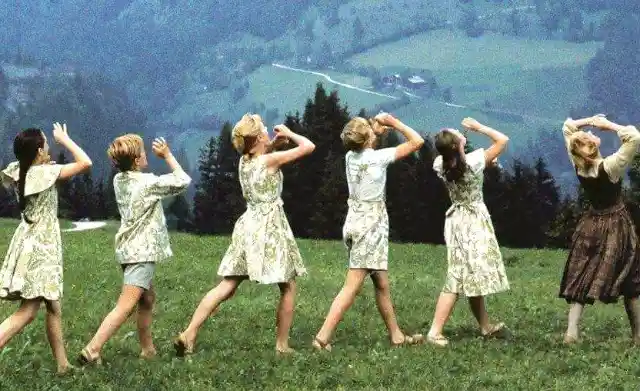
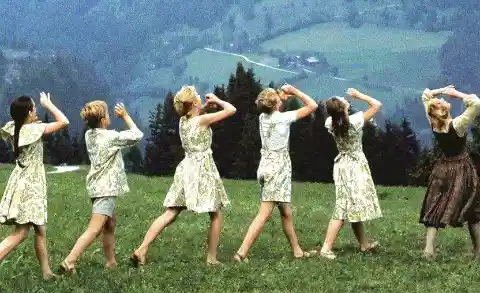
But not only are the songs catchy. Perhaps, people are touched by the fact that music is used throughout the plot to unite people. In fact, if you analyze the plot, music is meant to unite a whole family, despite their fear resulting from the imminent breakout of World War II.
#21. The Film's Setting
But the film's songs and score aren't its only remarkable features. It's also given that the film's popularity is at least partially due to it's beautiful and even idyllic setting. As many of you know, it was filmed in Salzburg and its rural suburbs, amid the Austrian Alps.
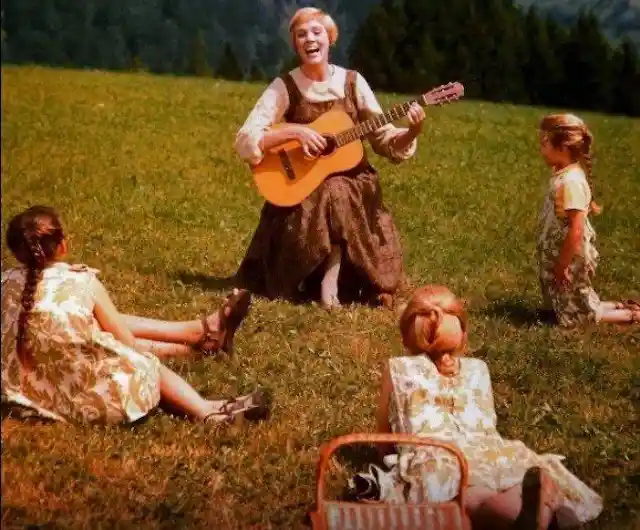
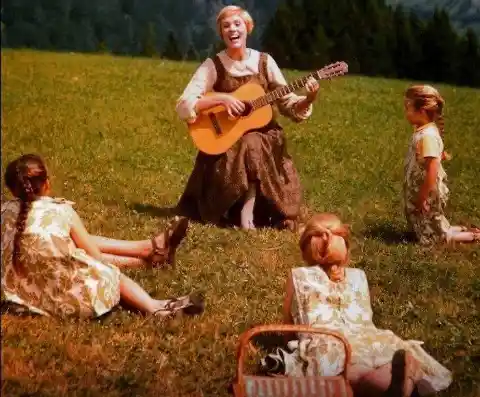
The breathtaking views of the snow-capped mountains of the Austrian Alps definitely add to the movie's appeal. Besides, the mere thought of a family living amid the mountains in the middle of the Nazi occupation of Austria sure sounds epic.
#20. An Epic Story
So basically, it is accurate to state that the film's success is a result of the combination of all the factors mentioned above. But there's one last element that hasn't been mentioned: the incredible story of the von Trapp family. In fact, their story is so epic, that it almost seems as if it were fictional.
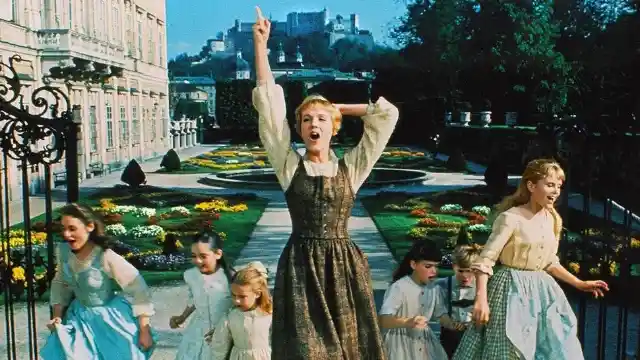
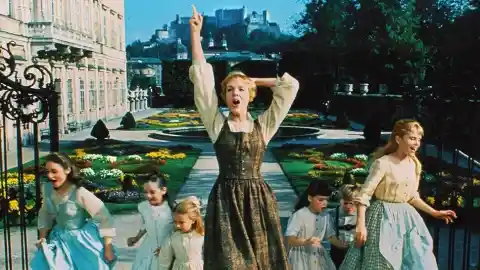
The love and solidarity that develop between Maria, Mr. von Trapp and the kids are truly touching and inspiring, and it is probably one of the reasons why the film is still popular even among 21st-century teenagers.
#19. The Plot
But what is the story about? The Sound of Musicnarrates the story of a nun-in-training named Maria von Trapp, who decides to leave her convent and is sent to the home of widow Captain Georg von Trapp, a retired naval officer of the Austrian Army. Her new job was to take care of his seven children, who to be honest, were quite undisciplined.
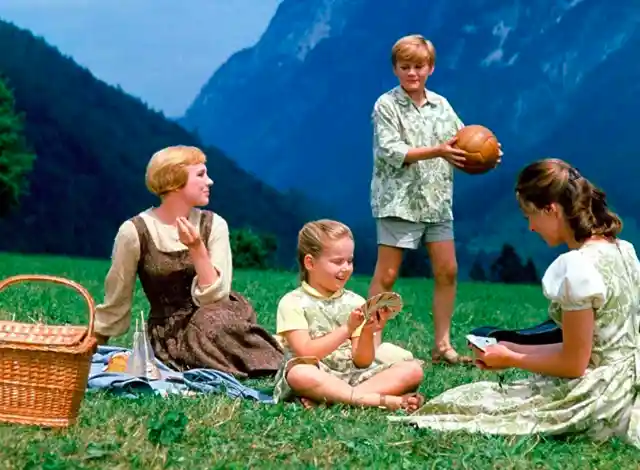
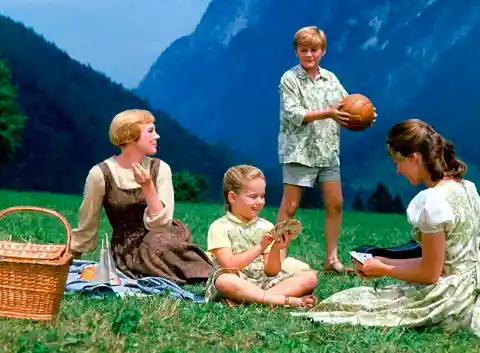
In the film, the kids' rebellious character sharply contrasted with their father's military form of discipline. As a matter of fact, at the beginning of the film, he is portrayed as quite an authoritarian figure. But even though the kids misbehave at first, they quickly get along with Maria, who proves to be very charismatic when it comes to kids.
#18. Maria Wins Their Love
Therefore, Maria soon wins the kids over with her charisma. She teaches them to sing, and as a consequence, the music soon becomes an important part of the children's lives. However, in the film, Georg von Trapp disapproved of Maria's influence on his kids, thus demanding her to return to her convent.
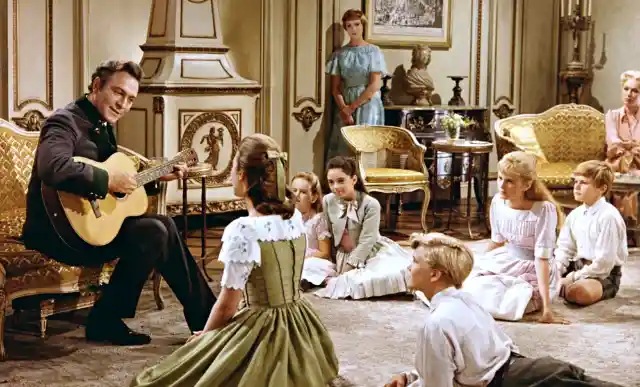
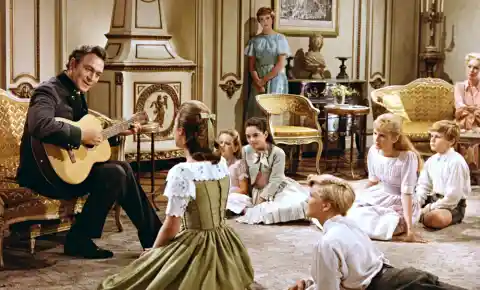
But despite Georg's initial distrust towards Maria, he ends up growing fond of her himself. In fact, he changes his mind when he listens to his children performing a song together. Witnessing how much his children had learned and how passionate they had become towards music, George ends up thinking things over, and he asks Maria to stay with the family.
#17. Passion For Music
As the months went by, both Georg and his kids began to consider Maria as part of the family. And, of course, the seven kids continued cultivating their passion for music and singing, together with Maria's guidance.
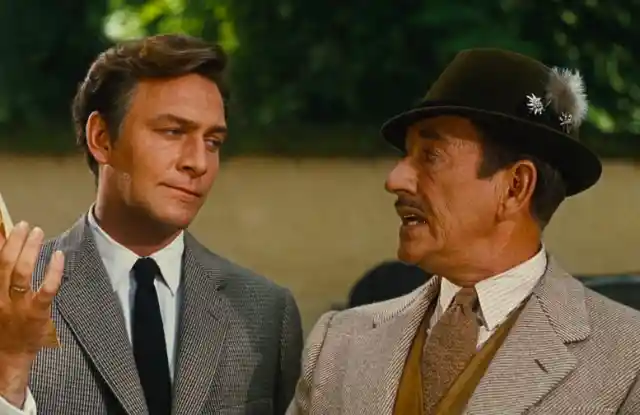
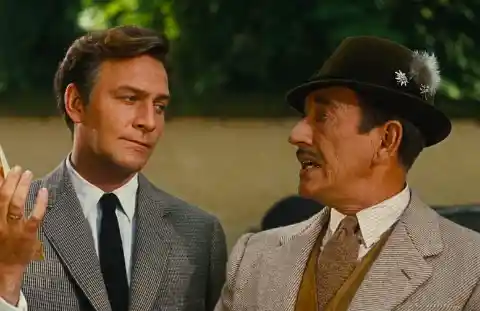
And as time went by, Maria and the von Trapp kids decided to begin sharing their talent with the rest of the world. Even though Georg frowned upon the idea at first - at least that's what the film suggests -, Maria and the children performed at the Salzburg Festival.
#16. Dramatic Turn Of Events
But soon after the kids perform at the Salzburg Festival, there is a dramatic turn of events in the movie plot. It turns out that right after Austria is annexed by Nazi Germany, Georg von Trapp is called to serve the German Army. But unwilling to continue his military career serving the Nazis, he decides to flee his home country, together with his kids and Maria.
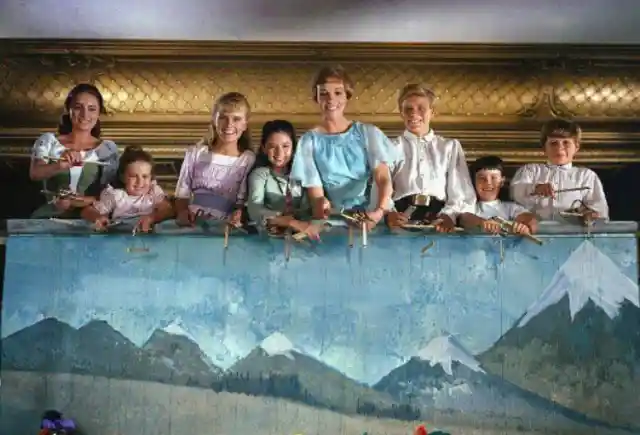
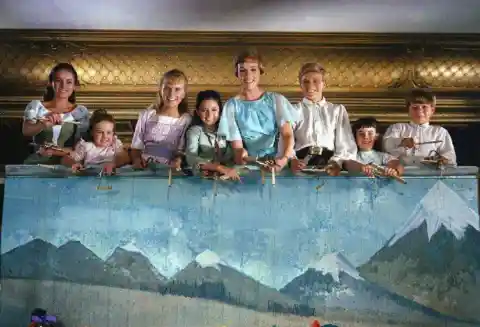
But even though these events seem fictional, they're actually not: as we've said, they're based on a true story. Austria was in fact annexed by Nazi Germany in March 1938, and shortly after, the von Trapp family decided to leave Austria and escape from the Nazi rule.
#15. Differences With Real Life
However, it is also important to mention that certain elements of the real-life story of the von Trapps have been distorted in the movie. For instance, the movie shows that Maria was employed as a tutor for all of the von Trapp children. But in real life, she was actually the tutor of just one of them.
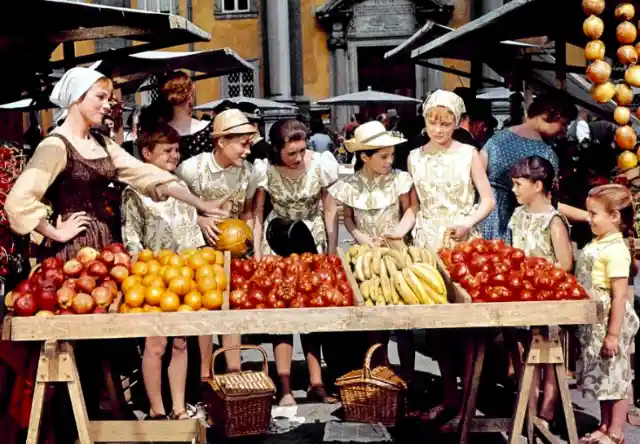
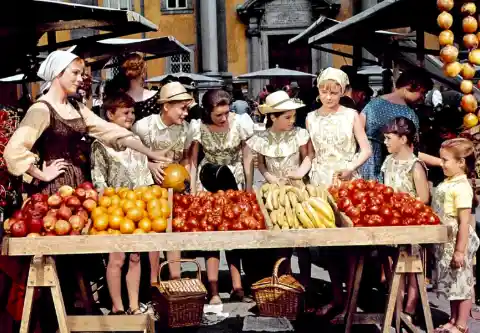
As it turns out, in 1926, Georg contacted Nonnberg Abbey, since he was looking for someone to look after his second-oldest daughter, Maria. The reason behind this was that the young girl had contracted scarlet fever, which was the very same disease that had killed Georg's wife. As a result, Maria was sent as a tutor for young Maria von Trapp. She was considered as a suitable candidate, given that she had trained at the State Teachers College for Progressive Education in Vienna.
#14. Change Of Plans
Initially, the plan was for Maria to work for the von Trapp family for ten months and then return to the convent and become a nun. But as we all know, destiny never meant for this to happen. As shown in the film, Maria never returned to the convent to complete her nun training.
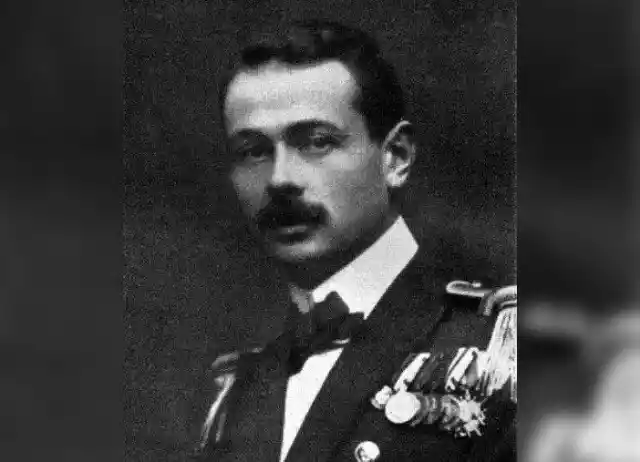
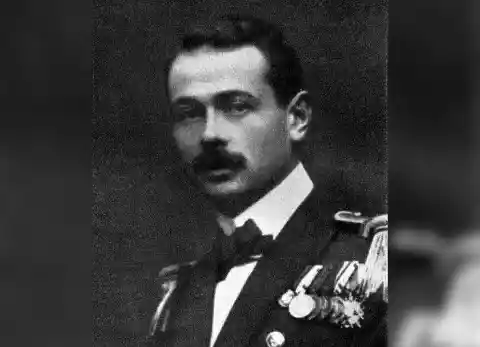
On the very contrary, she stayed for way longer than ten months; in fact, she ended up spending a lifetime together with the von Trapps. Moreover, she ended up looking after all of the von Trapp children and not just after young Maria.
#13. The Wedding
Here's another major difference between the movie and real life. All of you probably remember that Maria and Georg get married towards the end of the movie right before fleeing Austria, right? Well, in real life, they actually got married way before they left the country. They married 11 years before fleeing from the country, to be precise.
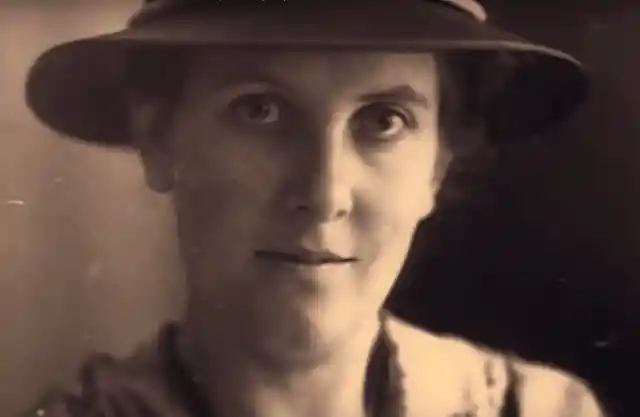
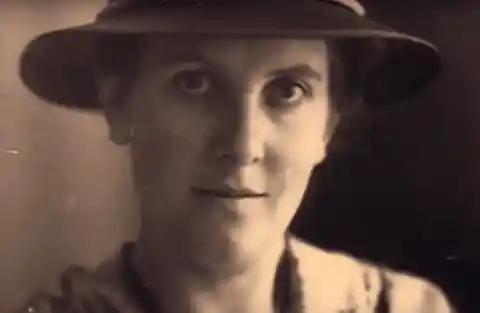
In fact, Georg decided to ask Maria to marry him once he noticed how great she was with the kids. Evidently, he never cared about the 25-year gap between them. Probably, the movie changed the course of events in order to give the audience more of a fairy-tale ending, but that's far from what happened in real life.
#12. Maria's Confession
Moreover, the events that followed Georg's proposal weren't so fairytale-like as represented in the movie. In fact, after the proposal, Maria wasn't sure whether or not to say yes, and she returned to Nonnberg Abbey in order to ask for the other nuns' advice. And despite the fact that they discouraged her to do it, she went back to Salzburg and agreed to Georg's proposal.
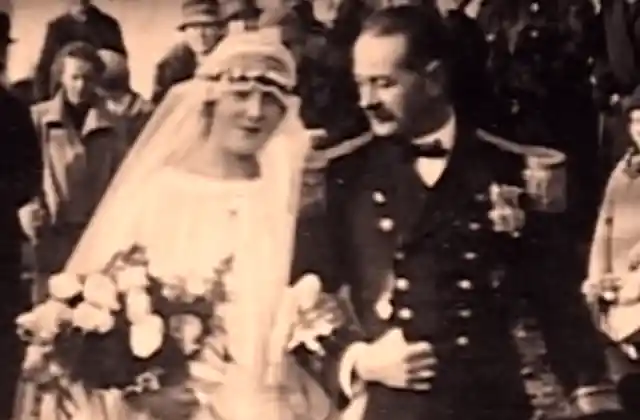
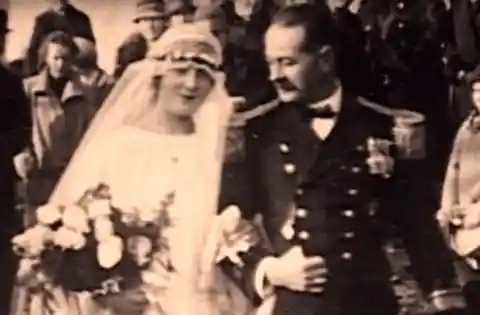
As a matter of fact, in her 1953 memoir The Story of the Trapp Family Singers, Maria admitted the doubts she had when Georg proposed to her: "I really and truly was not in love. I liked [Georg] but didnÂ’t love him. However, I loved the children, so in a way, I really married the children. [And] I learned to love him more than I have ever loved before or after".
#11. The Von Trapp's Passion For Music
But here's another thing that the movie got wrong. When watching the film, it kind of seems as if the kids began feeling passionate about music and singing thanks to Maria. But as it turns out, this was far from the truth: Maria wasn't the one who encouraged the kids to start singing.
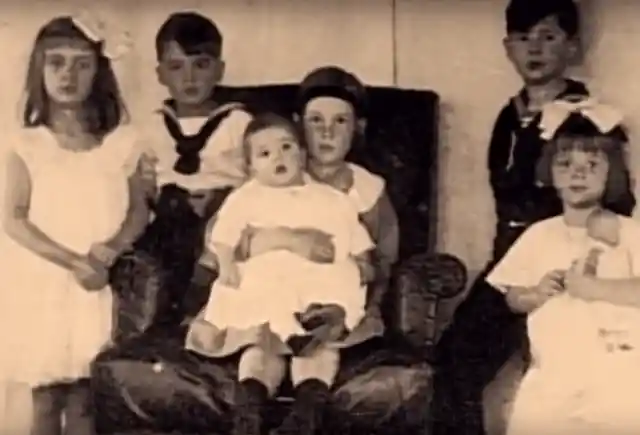
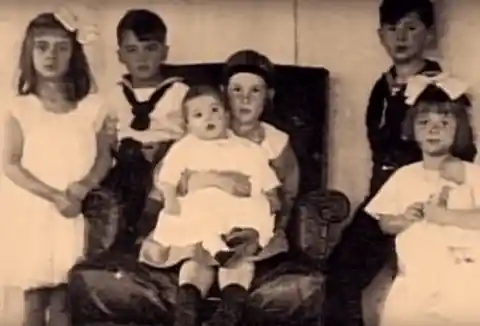
On the contrary, the von Trapp family had been passionate about music before Maria appeared in the picture. The reason is that both Georg and his first wife had encouraged the kids to learn to play different instruments, such as the guitar, the violin, and the accordion. As Georg's daughter Maria von Trapp revealed to Vanity Fair in 1999: "My real mother was very musical… She played violin and piano and we all sang before we met Maria".
#10. Von Trapp's Kids
Another difference between the movie and real life is the number of kids that Georg had. According to the film, there were only seven children in the Von Trapp family. However, the clan was actually larger than this.
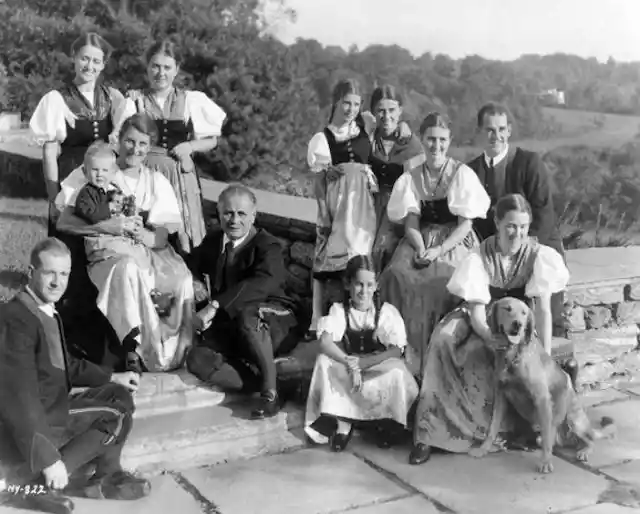
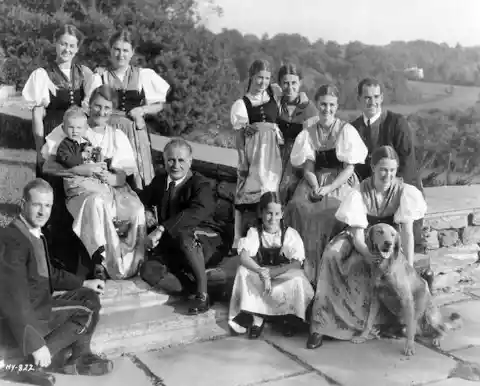
Apart from this, even though Georg had had seven kids with his first wife, he and Maria had three kids of their own, amounting to a total of ten. If you don't believe me, then take a look at the picture above! It shows Maria and Georg with the ten Von Trapp kids.
#9. Other Minor Differences
The movie also introduced changes in some less significant elements. For instance, the names of the von Trapp kids were altered: as an example, the oldest von Trapp kid was actually a boy called Rupert, while in the movie it is a girl called Liesl.
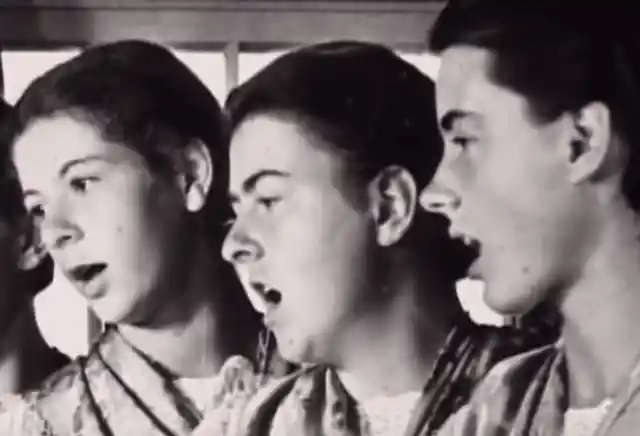
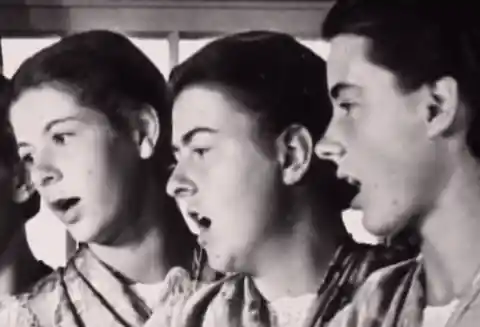
In addition, Liesl's flirtations with the young Nazi soldier is one of the parts of the story that was completely made up. In fact, none of the von Trapp kids had any relationships with any Nazi. This was confirmed by Myles von Trapp in an interview with ABC News: "The whole relationship with Rolf was added, that did not exist".
#8. Escaping From The Nazis
However, the von Trapp girl's relationship with the Nazi soldier wasn't the movie's only inaccuracy. The family's escape from Austria has also been misrepresented. The movie shows the von Trapp family climbing the Alps to escape from the Nazis, but this was far from the truth. The family actually caught a train from Salzburg all the way to Italy, under the pretense that they were going on a summer vacation.
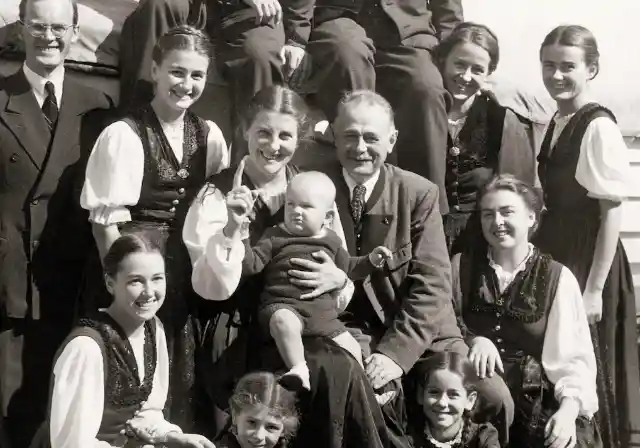
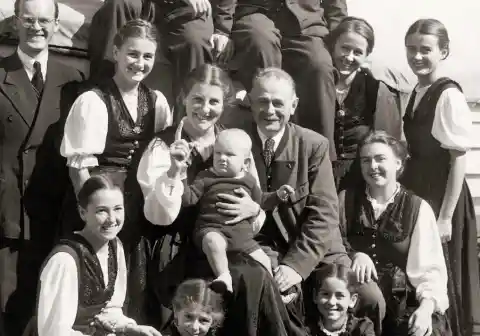
As Myles von Trapp said to ABC News: “[The family also] didn’t climb every mountain, they hopped on a train to Italy when it came to the Nazis pursuing my great-grandfather".Even though many people weren't allowed to cross the country's borders freely after the Nazi occupation, Georg had Italian citizenship, which explains why he was allowed to go to Italy.
#7. The Day They Left Austria
Another thing that is not shown in the movie is the fact that Maria was pregnant at the time of the escape. Thus, you can well imagine that crossing the Alps by foot would've been quite impossible with a baby inside her. So if you think about it, the fact that she was pregnant during their escape makes it all even more epic.
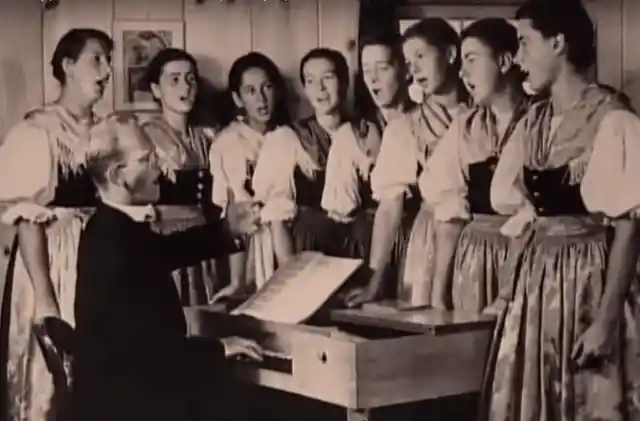
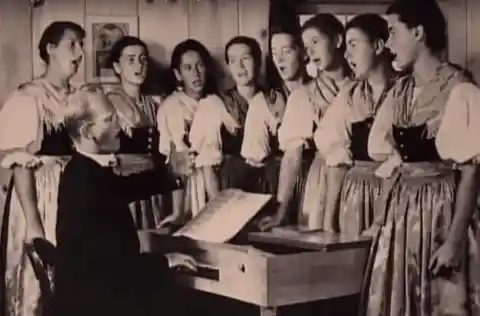
On the other hand, in The Sound of Music,the von Trapp family escapes from Salzburg in the middle of the night, adding a bit of drama and suspense to the series of events. However, in real life, the escape took place in plain daylight. Leaving through the back gate of their house, they just crossed the railway lines until reaching the train stop. In fact, several residents went to the station to say goodbye.
#6. Von Trapp's Complaints
Did any of you know that some of the von Trapp kids actually complained about some of the film's inaccuracies? For instance, according to the movie, the von Trapps went through Salzburg's mountains and crossed the country's border all the way to Switzerland. However, in the book The Sound of Music StoryMaria complained: “Don’t they know geography in Hollywood? Salzburg does not border on Switzerland”.
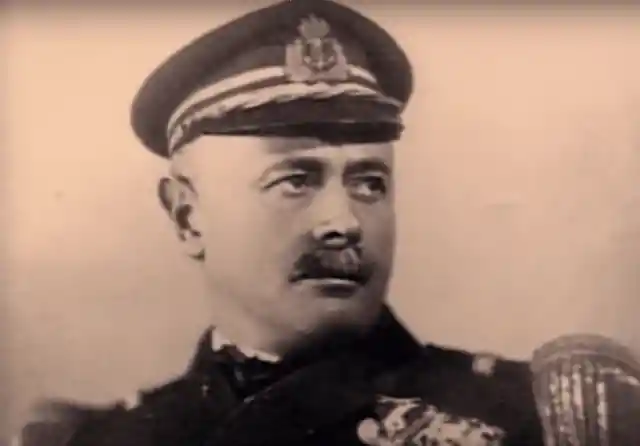
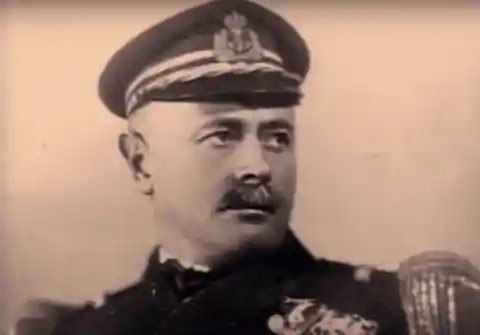
But this was not the only thing that bothered the von Trapps. It appears to be that some of the children were annoyed by the way that their father was portrayed in the film. According to them, he was not as strict and authoritarian as the movie suggests. In fact, Johannes von Trapp, who is Georg's youngest son, told the BBCthat his father was "a very charming man, generous, [and] open. Not the martinet he was made out to be both in the stage play and in the film. My mother did try to alter that portrayal for the film, but she was not successful".
#5. Father Franz Wasner
But even though the film took some liberties to make up certain fictional events and characters, it also chose to omit certain real-life people. In this sense, Father Franz Wasner played a very important role in the von Trapp family's life and escape, but in spite of this, he does not appear in the film.
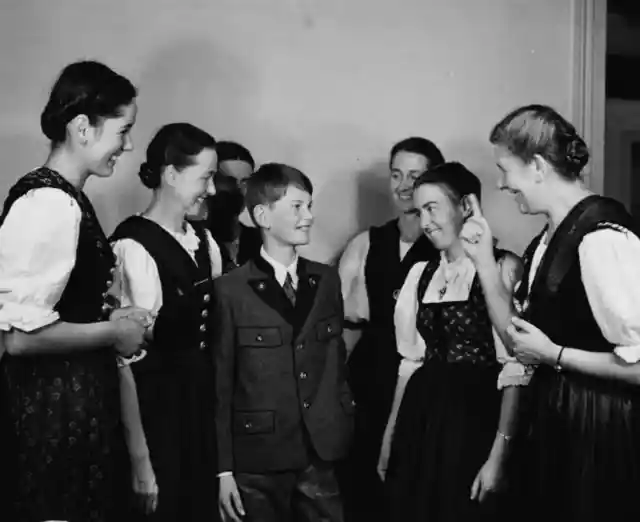
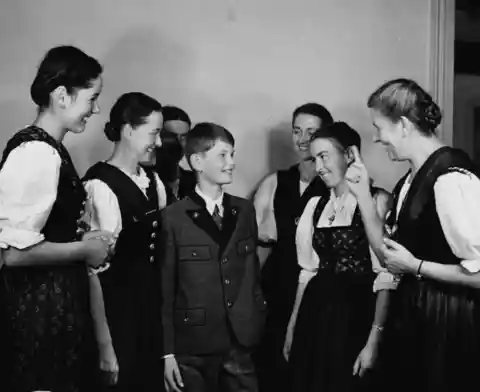
Father Wasner was nothing less than the one who first taught the von Trapp kids singing. But do you know how the von Trapps came across Father Wasner? It's so interesting that it's hard to believe it wasn't included in the movie!
#4. The Great Depression
It appears to be that the von Trapp family severely suffered the consequences of the Great Depression. Thus, during the early 30s, they were going through a great financial crisis, the reason for which they had to take in lodgers at their home in order to earn themselves an additional source of income.
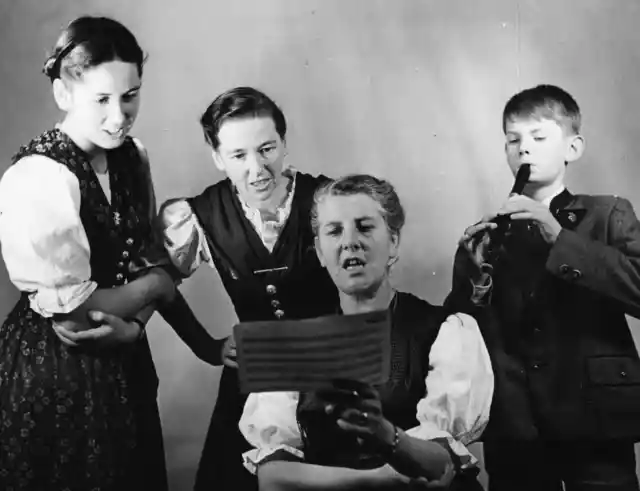
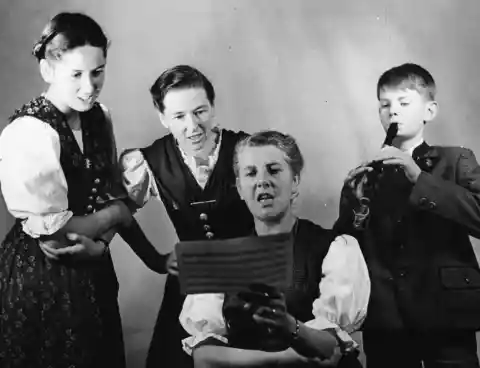
One of the people who paid a room and lived at their home was nothing less than Father Frank Wasner. And after he witnessed the kids' talent for singing, the priest became their musical director, and thus helped them forge a career in music.
#3. Screenwriter's Decision
The priest lived with the family even after they left Austria, so it's surprising that he wasn't portrayed in the film. In fact, he accompanied the kids on tours all over Europe and the US. In Tom Santopietro's book, Maria herself admitted the importance that Frank had in the kids' lives: "[Frank] slowly but surely molded us into a real musical entity".
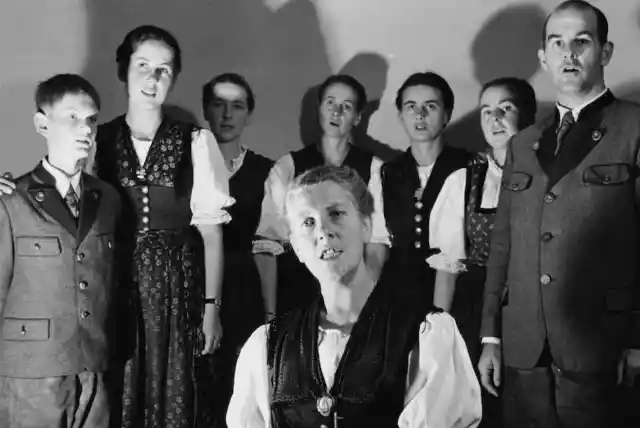
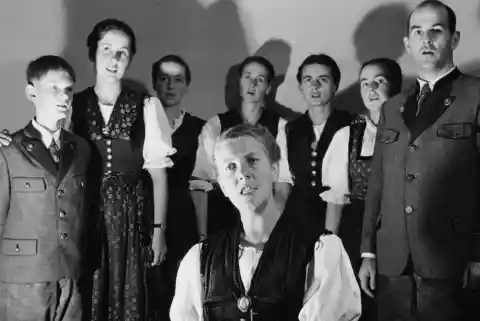
But why wasn't the priest included in the film? The thing is, the screenwriters thought that including him in the movie would overshadow Maria and her role as the family's music teacher.
#2. What Happened After Their Escape?
The film ends with the von Trapp family's escape from Austria. But I bet you're probably wondering what happened next. As told in the film, their first stop was Italy, but they didn't stay there much time. After going on a concert tour in Italy, they took a boat to New York and finally settled in the US. This probably wasn't the ending you were expecting, right?
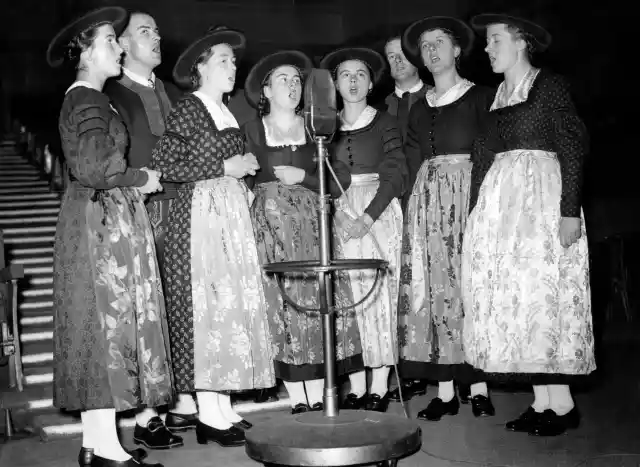
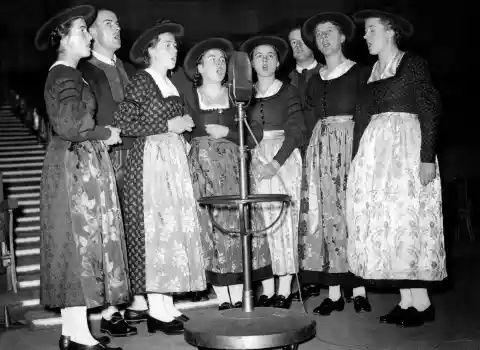
To be specific, they decided to settle in the state of Vermont. But why there, of all places? According to Myles von Trapp: "They decided on Vermont, it reminded them most of Austria with the green mountains and all. They bought a farm and turned that into a music camp".
#1. Maria's Story
Several years after settling in American territory, Georg passed away in 1947. Maria raised the kids on her own and decided to write an autobiographical book, The Story of the Trapp Family Singers, which was released in 1949. As you all know now, this book ended up inspiring the iconic film The Sound of Music.
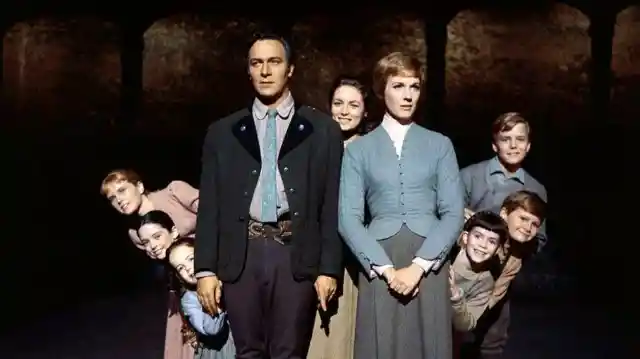
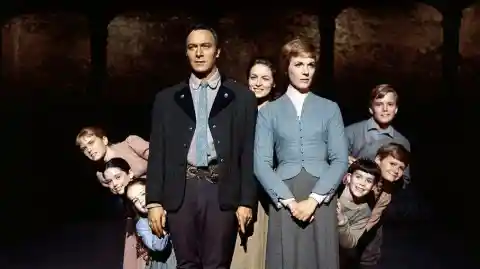
But despite all the inaccuracies between the film and the real-life story that have already been mentioned, the von Trapp family have actually enjoyed and acclaimed the film. As Myles von Trapp stated, "What blows my mind is how much it’s continued and how much people still value the story". So after reading this, which of the two do you find more epic: the movie version or the real-life version of the story?